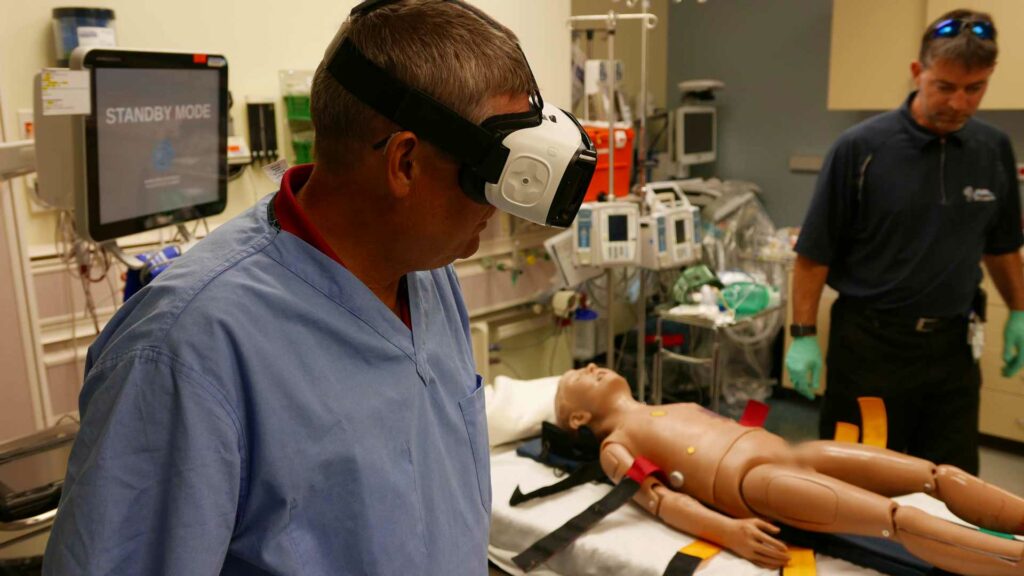Virtual Reality Training Brings Pediatric Trauma Skills to Rural Medical Staffs
Injuries that require immediate medical attention are undoubtedly stressful for everyone – big and small, young and old. Imagine you are the nurse or ER team on duty when a small child with a traumatic injury arrives at your facility. Further envision that you are new to the hospital, the profession, or haven’t handled many pediatric trauma cases. Doubt, uncertainty, and hesitation begin to set in.
In reality, these types of situations are occurring all too frequently. In rural medical facilities especially, where pediatric trauma injuries are seen less often, initial training is sporadic at best, and doctors and nurses have little or no opportunity to keep their skills fresh with recurrent courses.
360immersive is working with the Idaho Simulation Network to produce a series of virtual reality (VR) apps that will specifically address these types of low-incidence, high-risk conditions with supplemental training that will allow doctors and nurses to hone and refresh skills learned through traditional training courses.
The first app puts trainees into a virtual environment with a live medical simulation which allows trainees to connect with the environment as if they are physically in the room or at the scene of the event. The exercise begins with the 911 dispatch call and continues through EMS operators arriving on the scene, the hand-off of the patient to the ER team, stabilizing and assessing the patient, and, ultimately the necessary transfer to an air ambulance team. This app is currently in beta testing and is scheduled to be available to hospitals, nursing students and emergency response personnel in the first quarter of 2017.
VR training is fast becoming the new standard for all areas of first responder training, and 360immersive is one of only a handful of companies in the U.S. with professional expertise in this cutting edge technology. Using a relatively current mobile phone and an inexpensive set of VR goggles, trainees experience the sensation of being present in the instructional environment; able to see and hear everything around them. This increased level of connectivity results in increased engagement, higher retention, and a lower cost than traditional training methods. And the best part: they can re-visit all or part of the course any time they want.


